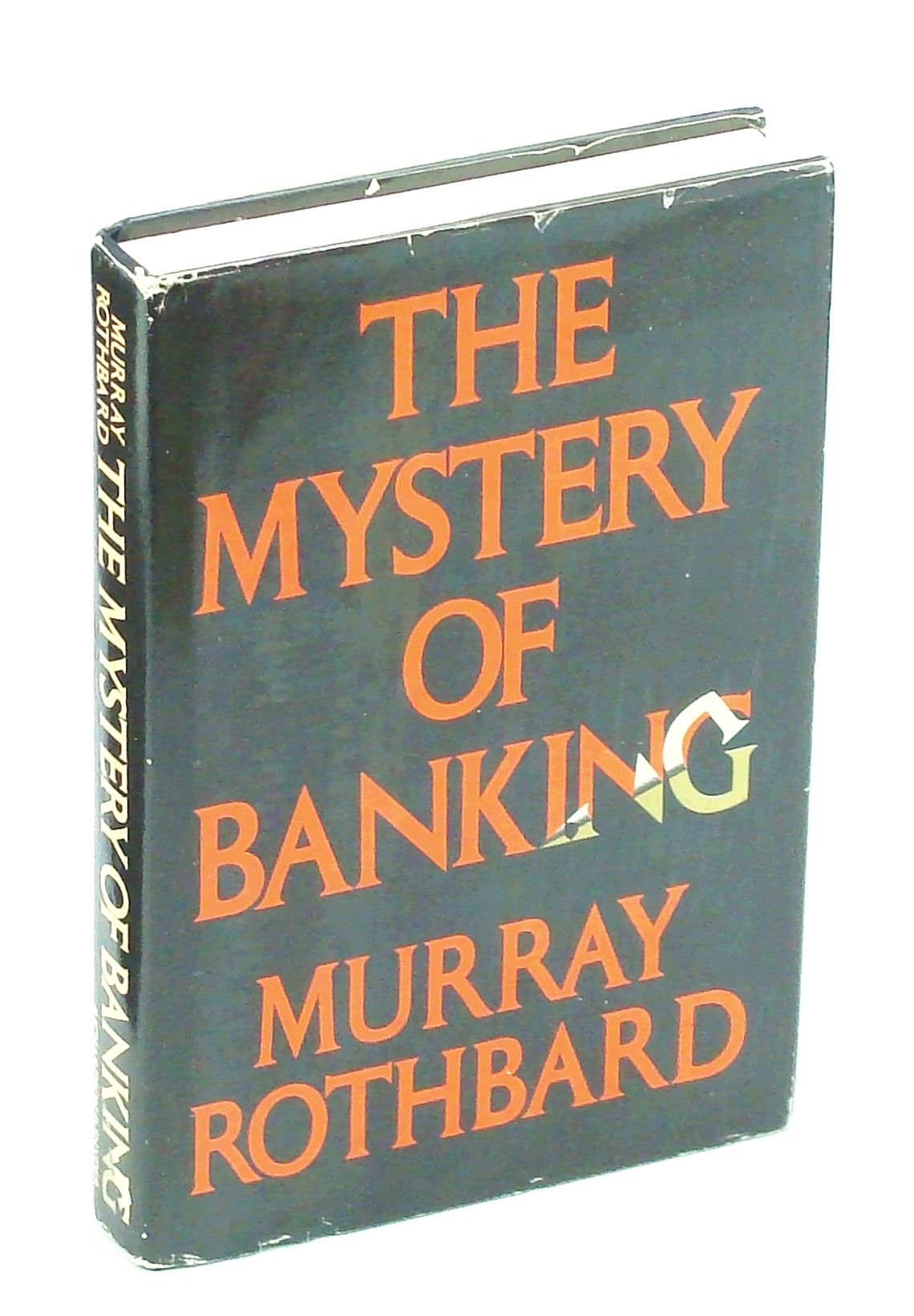
I.
MONEY: ITS IMPORTANCE
AND ORIGINS
1. THE IMPORTANCE OF MONEY
Today, money supply figures pervade the financial press.
Every Friday, investors breathlessly watch for the latest
money figures, and Wall Street often reacts at the opening
on the following Monday. If the money supply has gone up
sharply, interest rates may or may not move upward. The press is
filled with ominous forecasts of Federal Reserve actions, or of
regulations of banks and other financial institutions.
This close attention to the money supply is rather new. Until
the 1970s, over the many decades of the Keynesian Era, talk of
money and bank credit had dropped out of the financial pages.
Rather, they emphasized the GNP and government’s fiscal policy,
expenditures, revenues, and deficits. Banks and the money supply
were generally ignored. Yet after decades of chronic and acceler-
ating inflation—which the Keynesians could not begin to cure—
and after many bouts of “inflationary recession,” it became obvious
to all—even to Keynesians—that something was awry. The money
supply therefore became a major object of concern.
But the average person may be confused by so many defini-
tions of the money supply. What are all the Ms about, from M1-
A and M1-B up to M-8? Which is the true money supply figure,
if any single one can be? And perhaps most important of all, why
are bank deposits included in all the various Ms as a crucial and
dominant part of the money supply? Everyone knows that paper
dollars, issued nowadays exclusively by the Federal Reserve Banks
and imprinted with the words “this note is legal tender for all
debts, public and private” constitute money. But why are check-
ing accounts money, and where do they come from? Don’t they
have to be redeemed in cash on demand? So why are checking
deposits considered money, and not just the paper dollars backing
them?
One confusing implication of including checking deposits as a
part of the money supply is that banks create money, that they are,
in a sense, money-creating factories. But don’t banks simply chan-
nel the savings we lend to them and relend them to productive
investors or to borrowing consumers? Yet, if banks take our sav-
ings and lend them out, how can they create money? How can
their liabilities become part of the money supply?
There is no reason for the layman to feel frustrated if he can’t




